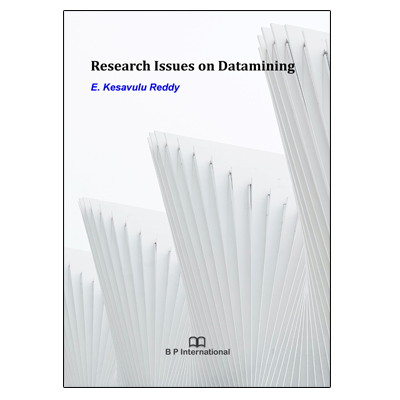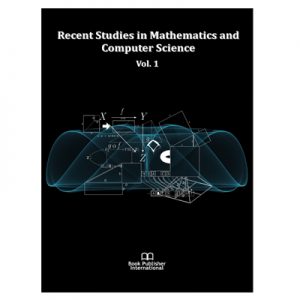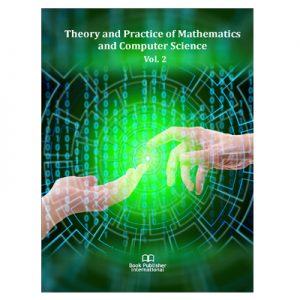WHAT IS DATAMINING?
Data mining is predicted to be “one of the most revolutionary developments of the next decade,” according to the online technology magazine ZDNET News (February 8, 2001). In fact, the MIT Technology Review chose data mining as one of the ten emerging technologies that will change the world. According to the Gartner Group, “Data mining is the process of discovering meaningful new correlations, patterns and trends by sifting through large amounts of data stored in repositories, using pattern recognition technologies as well as statistical and mathematical techniques.”
WHY IS THIS BOOK NEEDED
The problem is that not enough trained human analysts are available who are skilled at translating all of the data into knowledge, and thence up the taxonomy tree into wisdom. This is why this book is needed; it provides readers with:
- Models and techniques to uncover hidden nuggets of information in Intrusion Detection, Big Data, Models of Text Classification in Text Mining, Clustering and Predictive Data Mining Techniques.
- Insight into how data mining algorithms work to solve the research problems
- The experience of actually performing data mining on in various research issues
In Discovering Knowledge in Data, the step-by-step hands-on solutions of real-world business problems using widely available data mining techniques applied to real-world data sets will appeal to managers, CIOs, CEOs, CFOs, and others who need to keep abreast of the latest methods for enhancing return on investment.
HOW THE BOOK IS STRUCTURED
“Research Issues on Data Mining” provides a comprehensive introduction to the field of Intrusion Detection in the area of Data Mining, Neural Networks and Expert Systems. The first three chapters introduce the techniques of attempting to discover instances of network attacks by comparing current behaviour to the expected actions of an intruder is known as misuse detection. Artificial neural networks have the ability to detect and classify network activity using data that is limited, incomplete, and nonlinear. Each chapter presents data mining methods and techniques for a specific data mining task.
Chapters 4, 5, 6 and 7 are related to the classification of Models of Text Mining discuss feature selection methodologies in text classification and review some effective methods for text classification and how performance can be increased(Chapter 4), Hierarchical Document Classification by conceptual and semantic similarities devise a hierarchical document categorization by conceptual and semantic relevance. The conceptual relevance is verified by concept labelling approach that devised in our earlier research article. Semantic relevance is explored by estimating the correlation between concept categories based on the activity labelling algorithms, experimental results (Chapter 5), Current Trends in Datamining Techniques in this chapter discuss the recent techniques in data mining (6) Document Classification by Order of Context, Concept and Semantic Relations:( OCCSR) model is classifying the documents in three levels and they are by context, by concept and semantic. The document context is defined through the document meta-data, the concept is defined by the order of features and semantic relations are assessed through the correlation off the activities observed in documents, algorithms and Experimental Results. (7) Cloud Analytics and Big Data Computing explores survey approaches, environments, and technologies on areas that are key to Big Data analytics capabilities and discuss how they help building analytics solutions for Clouds (8) Clustering Techniques in Data Mining: A Comparative Analysis Investigate the clustering task comparisons with clustering analysis are mainly that different Clustering techniques give substantially different results on the same data. (Chapter 9) and Expert System for Intrusion Detection and Its Applications: A Brief Overview (Chapter 10) explains the different intrusion detection systems with Artificial Intelligence and Expert systems. Finally, Chapter 11 covers various predictive data-mining techniques used to accomplish the goals and the methods of comparing the performance of each of the techniques.





